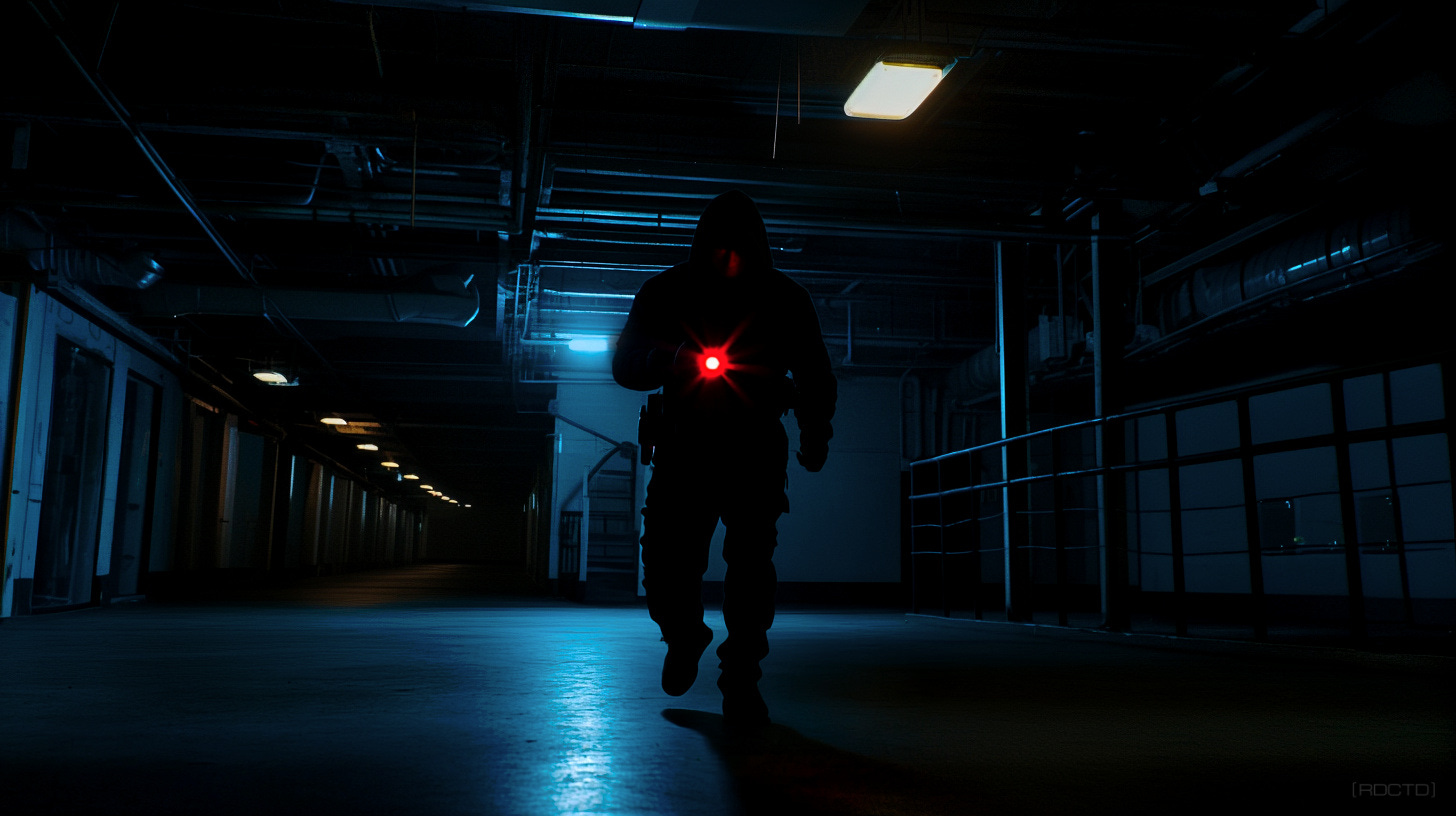Stealth Tactics: Light Discipline
‘Light discipline’ is a critical aspect of tradecraft and tactical operations, especially when an operative is working in low-light environments or under the cover of darkness.
It’s all about controlling any form of light - be it from equipment, clothing, or even personal movements - to avoid detection by hostile forces or surveillance. In covert operations, where every move needs to be discreet, even the smallest light source can blow your cover, turning a low-profile op into a high-stakes situation.
Operatives need to make sure they aren’t accidentally illuminating themselves, their position, or anything that could lead someone to spot them.
From a tactical perspective, light discipline is about minimizing any light that can compromise a team’s position. It’s not just about keeping things dark but managing what’s necessary, like using red or blue filters on flashlights, which are harder for the human eye to detect at a distance. Red light preserves your eye’s natural night vision and cuts down on the visibility of your light signature.
You’ll also see operatives and military personnel covering any screens or equipment that glow, using cloth or tape to ensure there’s no light leak. It’s a small but essential piece of tradecraft that separates a seasoned operative from an amateur.
Another key element is timing. Even if you have to use light, knowing when and where to do so is crucial. For example, if you’re moving through a hostile environment or evading detection, the last thing you want is to switch on a flashlight in an open area or near enemy patrols.
Instead, you’d time it for when you’re under cover or when you’re certain no one’s eyes are on you. This requires situational awareness and a solid understanding of your surroundings, along with the discipline to wait until it’s safe to illuminate anything.
Tactically, it can also involve using light to your advantage against an adversary. When used intentionally, you can employ strobes, bright lights, or even muzzle flashes from weapons to disorient or blind an enemy temporarily.
Flashbangs are the extreme end of this, using both light and sound to stun a target. This is the flip side of light discipline - controlling the light for offense rather than just defense. Whether you’re trying to disorient a guard or cover your exit, manipulating light in the field has serious tactical value.
In essence, light discipline is a simple but non-negotiable skill in an operative’s toolkit. It can mean the difference between slipping past undetected or getting caught out in the open. Like many aspects of tradecraft, it’s about control - of your environment, your equipment, and yourself.
You don’t leave anything to chance, especially not something as easily avoidable as letting a stray beam of light betray your position.



